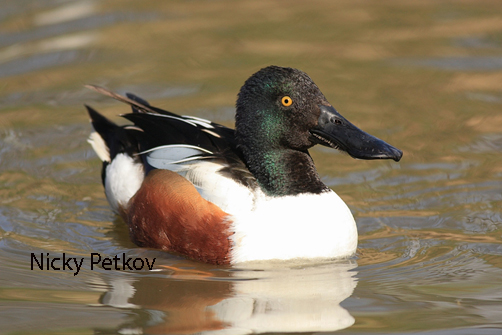Plants and their dispersers form interaction networks whose structure has important implications for the persistence and stability of the community. Frugivory is vital for the dispersal of many plants, but the dispersal interactions between plants and non-frugivorous animals, such as waterfowl, are poorly studied. In this study, the authors characterized the structure of networks for seed dispersal by waterfowl, considered whether their structure is similar to that of the networks formed between frugivorous birds and plants with fleshy fruits, and searched for functional traits of birds or plants that are important for maintenance of network structure. Data from four European community-level studies on the content of the digestive tracts of ducks and rallids, including 12 species of birds and 88 of plants, were used. Waterbird seed dispersal networks shared some organizational patterns with those of frugivores, but unlike frugivores, their underlying structure was not related to functional traits. This is likely related to fundamental differences between waterfowl and frugivores in the way they ingest seeds. Differences in the functional role of particular waterbird species for seed dispersal are likely due to other processes, such as differences in population size, movement patterns, microhabitat selection, or gut processing of seeds. informacion[at]ebd.csic.es: Sebastián-González et al (2020) Waterbird seed-dispersal networks are similarly nested but less modular than those of frugivorous species, and not driven by species ecological traits. Funct Ecol https://doi.org/10.1111/1365-2435.13657
https://besjournals.onlinelibrary.wiley.com/doi/full/10.1111/1365-2435.13657

 Las altas temperaturas están provocando que las lagunas y las marismas de Doñana pierdan agua rápidamente
Las altas temperaturas están provocando que las lagunas y las marismas de Doñana pierdan agua rápidamente




